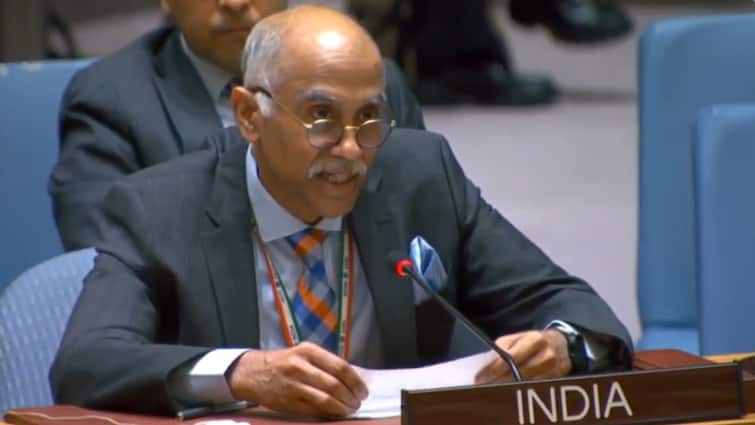
Review of Tanika Sarkar’s Religion & Women in India: Gender regimes
The HinduTanika Sarkar’s latest publication is an ambitious book, Religion & Women in India: Gender, Faith, and Politics 1780s-1980s, spanning two centuries, a sweeping survey of the intersections of gender, religion and politics in India between the 1780s to 1980s. The horizons of its ambition are further expanded by the inevitable opening up of the categories of “religion” and “faith”, which are mutually imbricated in other processes that re-ordered gender practices over this period — “new market relations, contractual labour regimes, political vicissitudes and vast cultural changes.” In addition, Sarkar, like any feminist today, holds that gender itself is not predicated on sexual differences alone because these differences are “entangled in diverse socio-political formations such as class, race, region and historical contexts, all of which come together to co-constitute gender regimes.” Defining moments Within this framing set up in the first chapter, the book examines some key defining moments, beginning with the 18th century, noting at each moment the way in which internal patriarchy and the hierarchical caste order operates, running parallel to, or intersecting with the colonial order. The first moment is the colonial constituting and codifying of “religious” rules and practices on marriage and family into laws, and identifying women’s inferior status in India as a justification for colonial reform and rule. This is the moment at which, says Sarkar, the woman’s body entered the public gaze, gradually becoming “a speakable, writable and readable body.” Work and labour The next theme, also spanning the 19th to early 20th centuries, is work and labour, and how women’s access to paid work becomes transformed as well as limited simultaneously, by the nature of economic transformations under colonialism. Women, says Sarkar, were active political subjects but “in some ways, politics created yet another site where women’s subordination was reinvented.” Following this, Sarkar then moves to examining sites of “holy and unholy gender” — women saints, hijras, courtesans and sex workers, interracial relationships, same sex desire and love, and prisons and lunatic asylums.
History of this topic

The BJP’s Women Warriors: How Hindu Nationalism Shapes Female Political Identity
The Hindu
Equality above all: A call for women’s liberation
Hindustan Times
Equality above all: A call for women’s liberation
Hindustan Times
Book Review: Neha Dixit’s ‘The Many Lives of Syeda X’ is Uniquely Authentic and Eye-Opening in Portraying Working-Class Women
The Hindu
India's Stunned Response to Pakistan at UNSC: A Call for Action on Minority Women's Safety
India TV News
India Slams Pakistan at UNSC Over Mischievous Provocation Points to Forced Conversions Marriages of Minority Women
ABP News
Review: Making the ‘Woman’ by Sutapa Dutta and Shivangini Tandon
Hindustan Times
Review: Making the ‘Woman’ by Sutapa Dutta and Shivangini Tandon
Hindustan Times
‘Nari Shakti: Myth and reality’ takes stock of women’s progress over the last decade
The Hindu
Champion of equality: Remembering Gail Omvedt’s legacy of scholarly activism
The Hindu
Hard code to crack
Live Mint
Indian Muslim women don’t need male ‘saviours’ – Hindu or Muslim
Al Jazeera
Review of Tanika Sarkar’s Hindu Nationalism in India: Medium and message
The Hindu
A celebration of women writers from the Indian subcontinent
The Hindu)
International Women's Day | SHE makes remarkable contributions in North East India amid challenges and opportunities
Firstpost
A commentary on the birth of the Indian feminist movement: review of the novel Pankaja by activist Vasanth Kannabiran
The Hindu
INDIA, THIS SIDE | Women who make us what we are
The Hindu
Book Review | Missed chance to bring nuance to the conversation on Islam
Deccan Chronicle‘Forging solidarities across differences’: Nancy Adajania
The Hindu
‘The feminist future is in our grasp’ Sindhu R, author, Smashing the Patriarchy
Hindustan Times
The Hindu on Books | Mahasweta Devi’s Santiniketan, the BJP’s rise and more
The Hindu‘Women’s oppression is integrally linked to capitalism’: Mythily Sivaraman
The Hindu
Why Indian women are still dreaming of gender equality
Live Mint
Support BLM Movement, But What About Patriarchy & Colourism Here?
The QuintDiscover Related






)
)
















)














)



